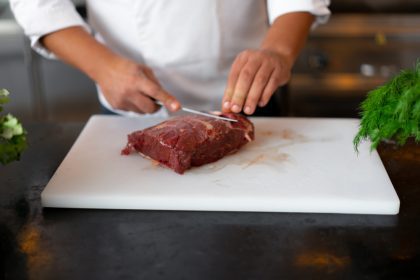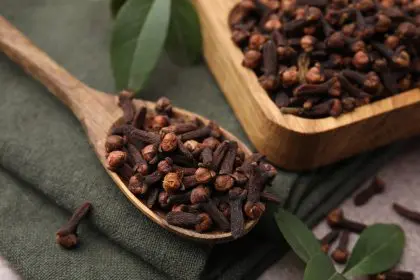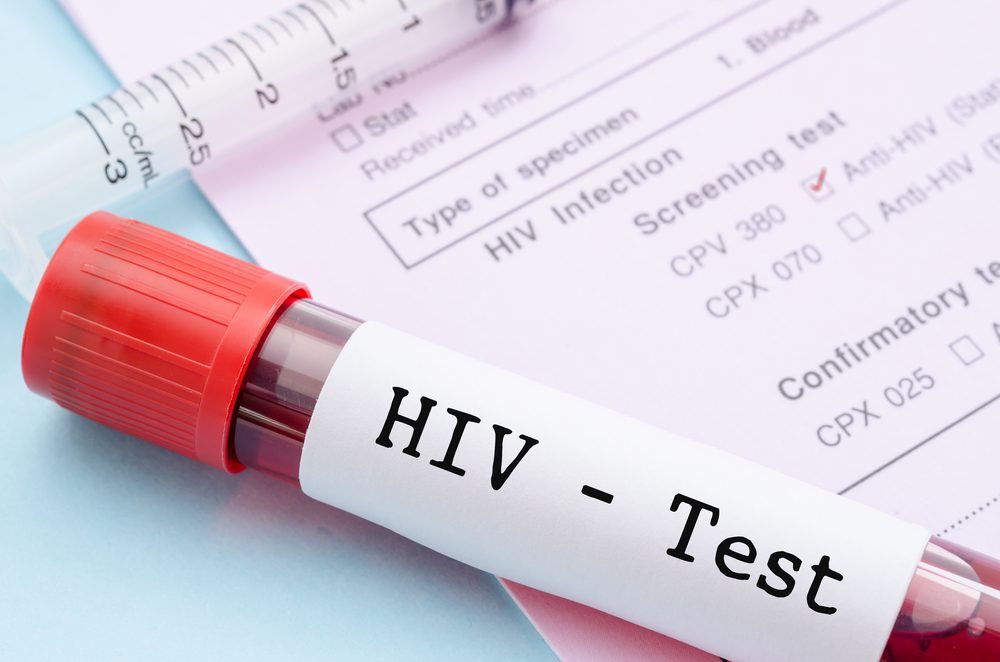The holiday season brings warmth, gatherings, and tables laden with traditional favorites. Yet beneath the festive exterior of these cherished dishes lurk potential health risks that could transform celebration into convalescence. Understanding which dishes deserve caution and how to approach holiday dining safely can help maintain wellness throughout the season.
The hidden risks of seasonal favorites
The comfort of holiday traditions often blinds us to the potential hazards lurking in festive dishes. Many holiday favorites combine high levels of sugar, salt, and fat, which can strain digestive systems and weaken immune responses. Traditional recipes passed down through generations, while treasured, may not align with modern food safety standards.
Large family gatherings amplify these risks, as cooking for crowds increases the likelihood of food preparation errors. The pressure to maintain tradition while feeding many mouths can lead to rushed cooking times and improper temperature control, creating perfect conditions for foodborne illness.
Safety first: Protein preparations matter
Temperature control in meat dishes remains crucial for holiday food safety. Turkey requires thorough cooking to an internal temperature of 165°F (73.9°C) at its thickest point, while fresh ham needs 145°F (62.8°C). Pre-cooked ham should reach 140°F (60°C).
The size of holiday roasts presents particular challenges. Large turkeys or hams may appear done on the surface while remaining dangerously undercooked near the bone. Stuffing cooked inside poultry poses additional risks, as the dense mixture requires higher temperatures to kill harmful bacteria.
Raw egg-based treats pose particular concerns. Traditional eggnog and cookie dough can harbor salmonella bacteria. While commercial versions use pasteurized eggs, homemade varieties often skip this safety step. Holiday bakers should resist the temptation to taste raw dough or batter, regardless of tradition.
Key considerations for protein safety:
- Monitor internal temperatures with a reliable meat thermometer
- Avoid pink or undercooked portions in poultry
- Choose pasteurized products for egg-based dishes
- Keep cold dishes properly chilled
- Consider cooking stuffing separately from poultry
- Allow proper resting time for large roasts
- Use separate cutting boards for raw meats and other ingredients
Buffet wisdom and seafood selections
Holiday buffets require special attention to food safety. Perishable items left at room temperature become breeding grounds for bacteria after two hours. The danger zone between 40°F and 140°F (4°C to 60°C) provides ideal conditions for bacterial growth. Seafood dishes pose particular risks in buffet settings.
When faced with buffet choices:
- Select items that appear freshly replenished
- Choose hot foods that steam and cold foods cushioned by ice
- Watch time limits on mayonnaise-based salads
- Avoid seafood dishes of uncertain origin or preparation
- Monitor serving times for perishable items
- Use clean serving utensils for each dish
- Maintain separate zones for hot and cold foods
Smart choices for sides and sweets
Traditional side dishes often hide excessive sodium and fats. Holiday desserts frequently combine processed ingredients with high sugar content, potentially compromising immune function. Many traditional recipes rely heavily on butter, cream, and cheese, which can cause digestive discomfort when consumed in large quantities.
The abundance of sugary treats during the holiday season presents additional challenges. Cookies, candies, and other sweets appear everywhere from office break rooms to neighborhood gatherings. This constant exposure to high-sugar foods can overwhelm even the most disciplined eaters.
Consider these healthier approaches:
- Balance rich sides with fresh vegetable options
- Choose homemade versions over processed alternatives
- Limit portions of cream-based casseroles
- Select seasonal fruits as natural sweet alternatives
- Incorporate whole grains into traditional recipes
- Reduce sugar content in baked goods
- Offer lighter versions of classic dishes
Managing leftovers and beverages
Holiday meals often generate days of leftovers, requiring careful handling. Proper storage and reheating prevent bacterial growth. The holiday drink menu deserves equal attention, as festive beverages often combine alcohol with hidden sugars.
Storage and serving guidelines:
- Reheat all leftovers to 165°F (73.9°C)
- Use shallow containers for quick cooling
- Consume refrigerated leftovers within four days
- Choose lighter drink alternatives when possible
- Store different types of foods separately
- Label containers with dates
- Freeze portions for longer storage
Maintaining wellness through the season
Success in holiday dining requires balance and awareness. Fill half your plate with vegetables, quarter with lean protein, and quarter with whole grains. Stay hydrated between meals and practice mindful eating to recognize fullness cues. Consider keeping a food diary during the holiday season to maintain awareness of consumption patterns.
The joy of holiday celebrations need not come at the cost of personal health. By making informed choices about traditional dishes and maintaining awareness of food safety principles, you can fully participate in seasonal festivities while protecting your wellbeing. Remember that moderation, rather than complete avoidance, often provides the best path through holiday celebrations.
This story was created using AI technology.










